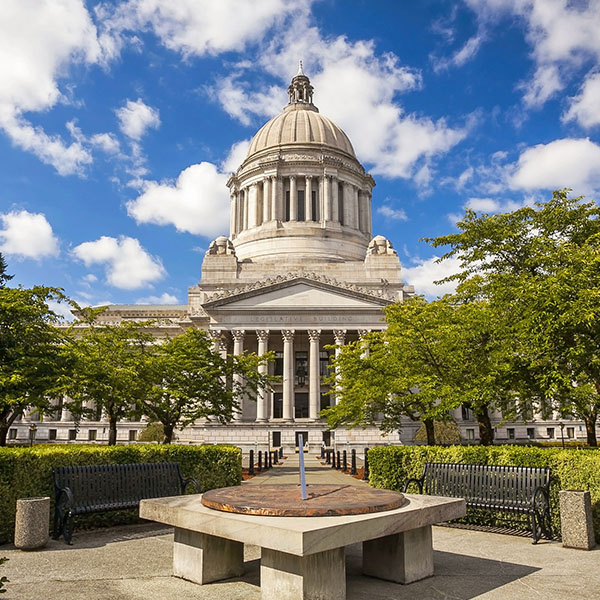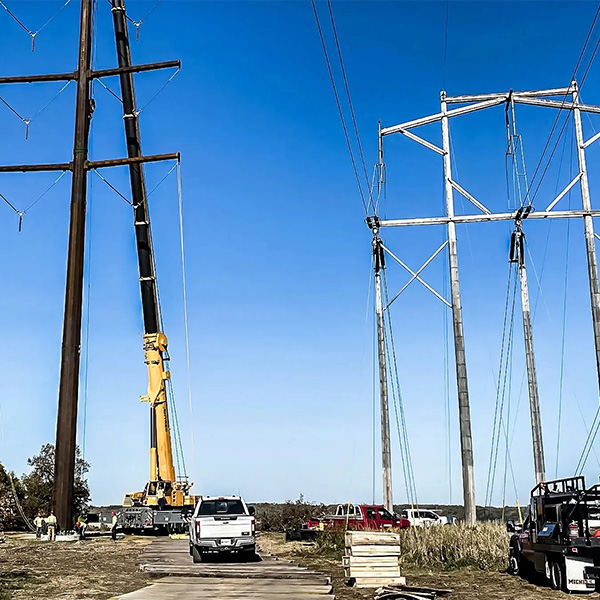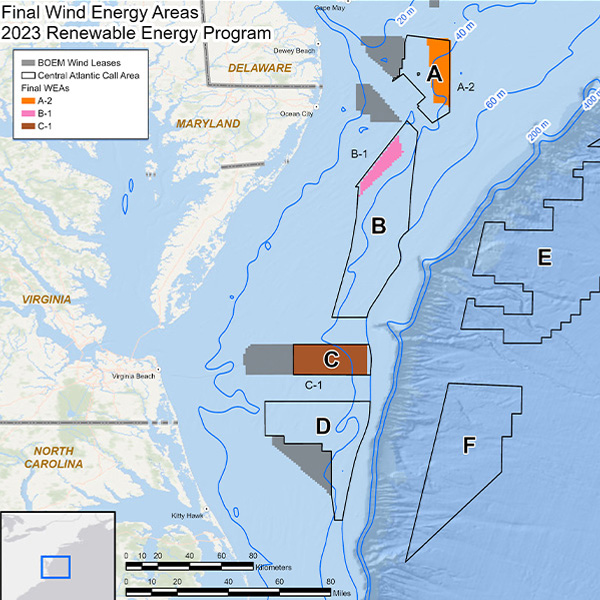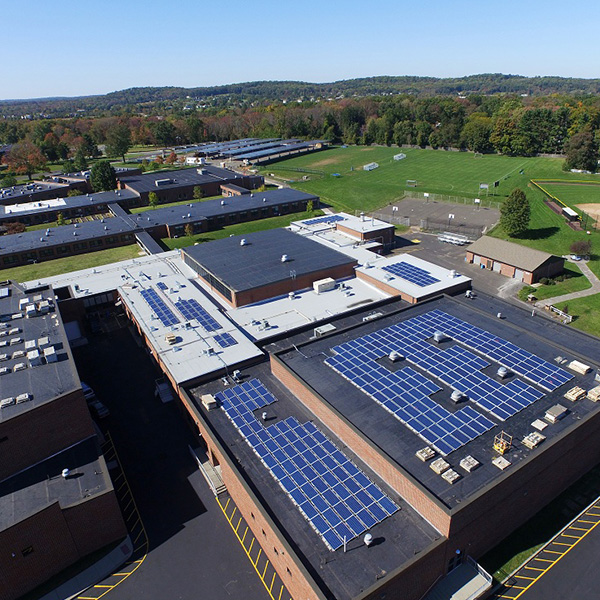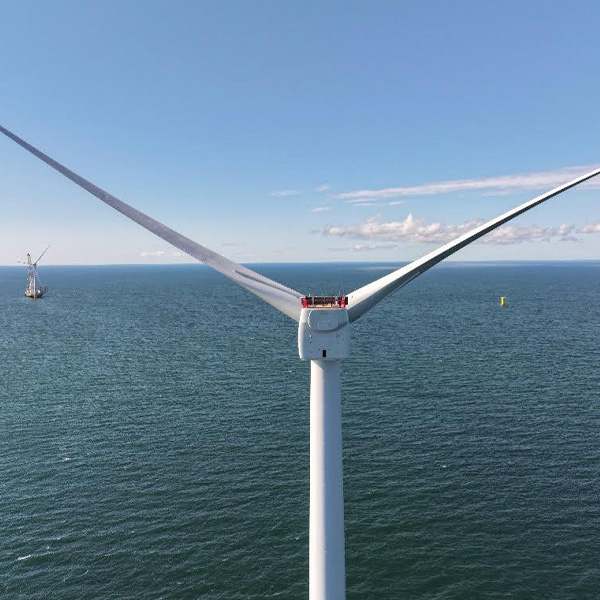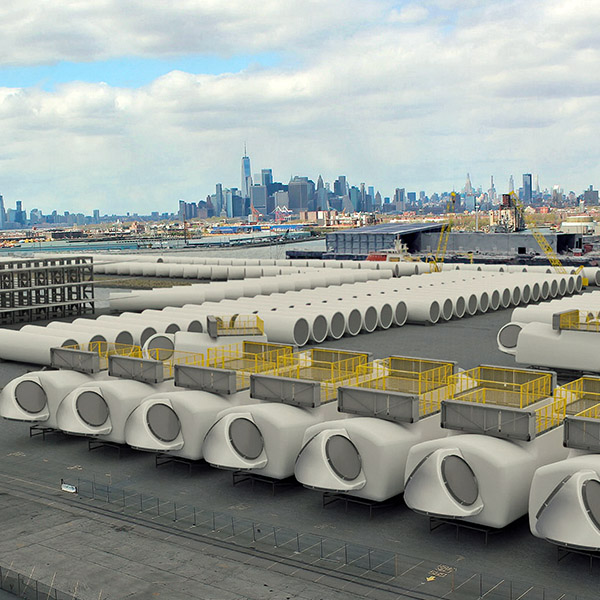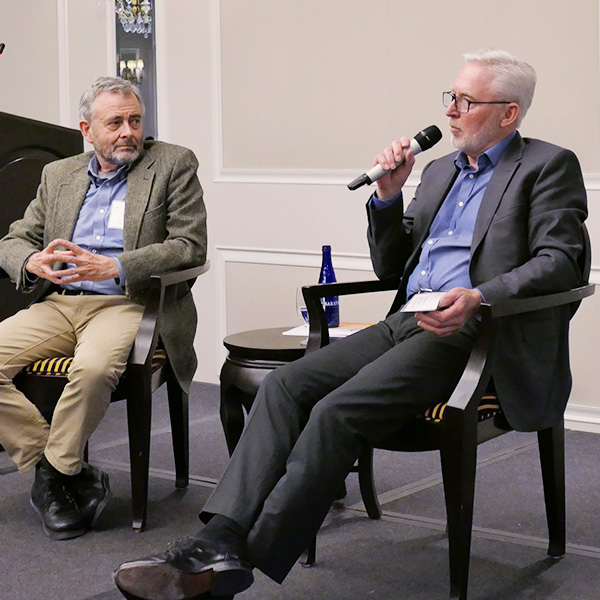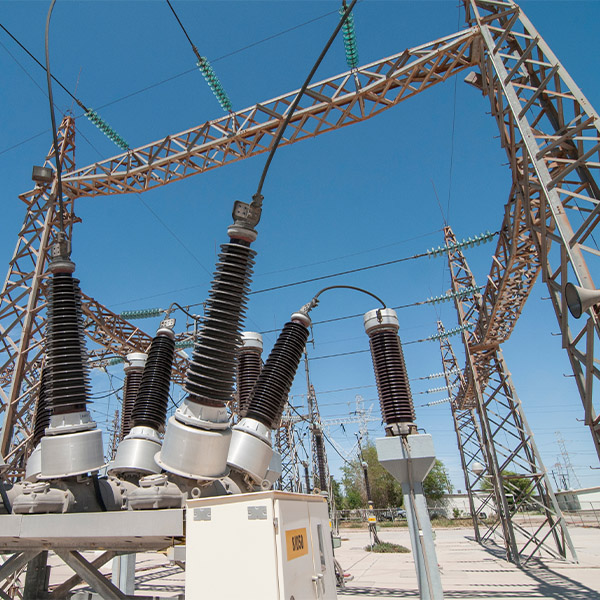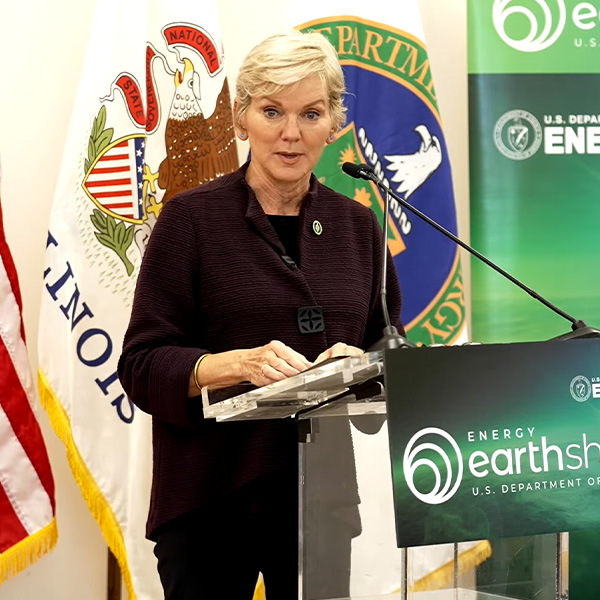NetZero Insider
Agriculture & Land UseBuilding DecarbonizationCookingEnergy EfficiencySpace HeatingWater HeatingCommentary & Special ReportsConference coverageCompany NewsEquity & EconomicsEmployment & Economic ImpactEnvironmental & Social JusticeFederal PolicyCongressDepartment of EnergyLoan Programs Office (LPO)Department of TransportationEnvironmental Protection AgencyFederal Energy Regulatory CommissionGeneral Services Administration (GSA)Interior DepartmentBureau of Land ManagementBureau of Ocean Energy ManagementNuclear Regulatory CommissionTreasury DepartmentWhite HouseGeneration & FuelsBioenergyFossil FuelsCoalNatural GasGeothermalHydrogenNuclearSMRRenewable PowerCommunity solarHydropowerOffshore Wind PowerOnshore Wind PowerSolar PowerRooftop solarUtility scale solarImpact & AdaptationIndustrial DecarbonizationState and Local PolicyAlabamaArizonaCaliforniaCA LegislationCalifornia Air Resources Board (CARB)California Energy Commission (CEC)California Public Utilities Commission (CPUC)ColoradoConnecticutDelawareDistrict of ColumbiaFloridaGeorgiaHawaiiIdahoIllinoisIndianaLouisianaMaineMarylandMassachusettsMichiganMississippiMissouriMontanaNevadaNew HampshireNew JerseyNew MexicoNew YorkNYSERDAPublic Service CommissionNorth CarolinaOhioOregonPennsylvaniaRhode IslandSouth CarolinaTennesseeTexasUtahVermontVirginiaWashingtonWest VirginiaWisconsinWyomingTechnologyCarbon CaptureTransmission & DistributionEnergy StorageMicrogridsTransportation DecarbonizationAirplane DecarbonizationEV chargersHeavy-duty vehiclesBattery Electric Buses (BEB)Fuel Cell Electric Buses (FCEB)Light-duty vehiclesBattery Electric VehiclesFuel Cell VehiclesPlug-in hybrid electric vehiclesShip electrificationClean Ports
Washington’s one-year-old cap-and-invest program will be one of the dominant issues during the state’s 2024 legislative session, which begins Jan. 8.
Contracts for renewable energy projects totaling more than 8 GW of capacity in New York have been canceled as developers scramble to get out of unprofitable deals and rebid at higher cost.
DOE laid out its plans to release draft National Interest Electric Transmission Corridors this spring, which will then start a process of refinement before they are finalized over several years.
Delaware's environmental agency has proposed an offshore wind procurement strategy for the state.
Clean energy in New Jersey moved forward in 2023 with community solar and Advanced Clean Cars II, and in reverse with the shutdown of the Ocean Wind offshore development.
Vineyard Wind 1 generated its first power for New England, sending about 5 MW of electricity to the grid via its interconnection point on Cape Cod.
Equinor and bp have terminated the offtake agreement with New York for the Empire Wind 2 project.
ISO-NE enters 2024 with several major projects underway and is grappling with the sweeping changes and long-term uncertainty brought by the clean energy transition.
New York is moving to limit the use of sulfur hexafluoride in electrical power and distribution equipment and to reduce leakage of the most potent greenhouse gas.
DOE is focused on reshaping the U.S. energy landscape, but officials may have only another year to build the momentum needed to make any potential Republican rollbacks unpopular and unlikely.
Want more? Advanced Search
